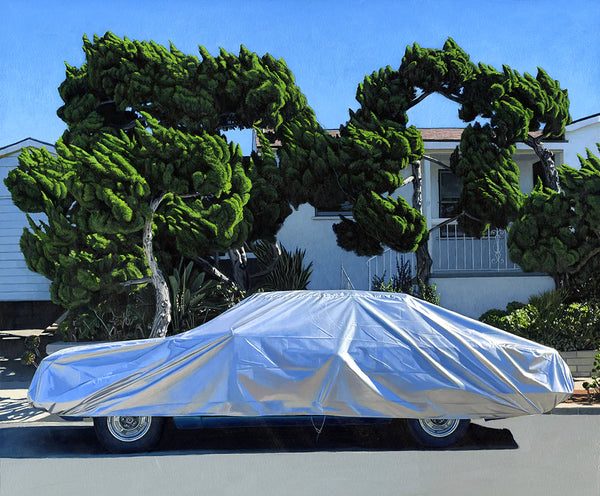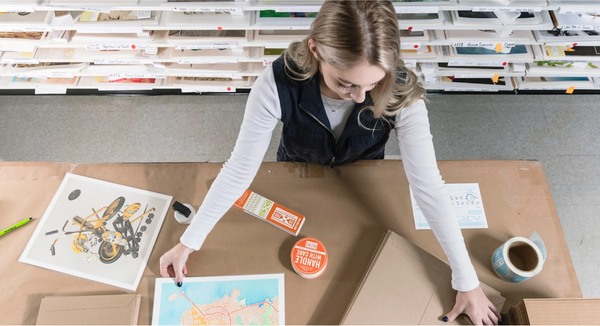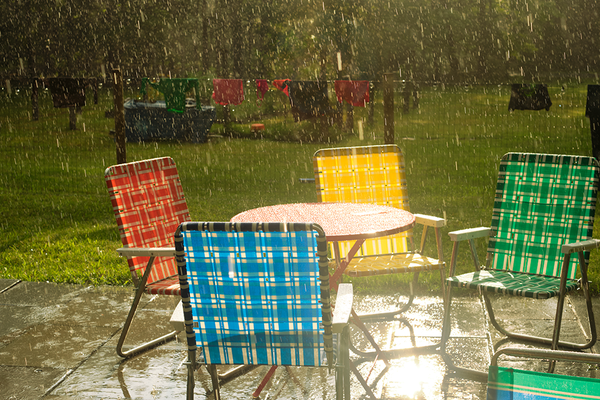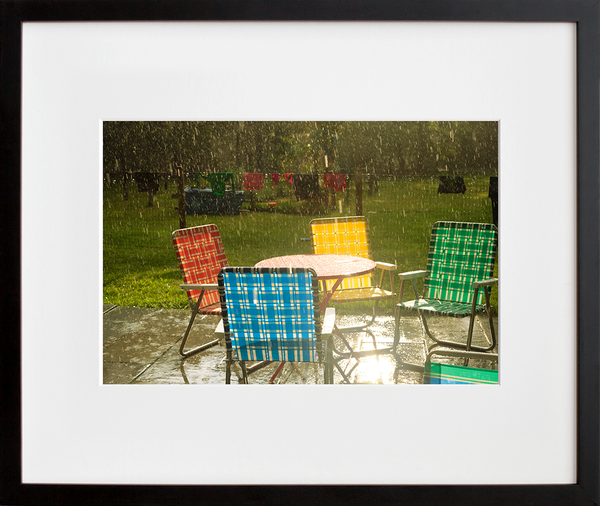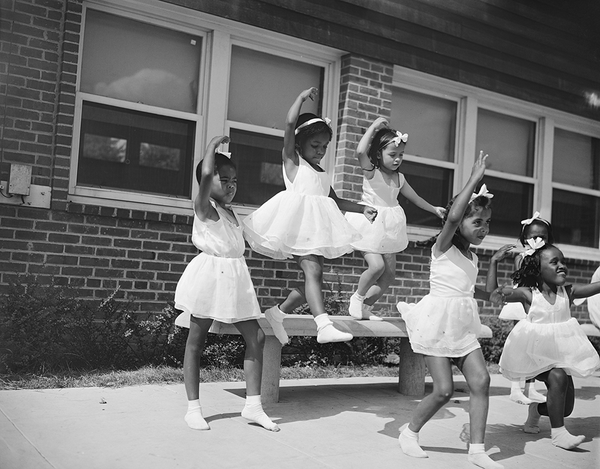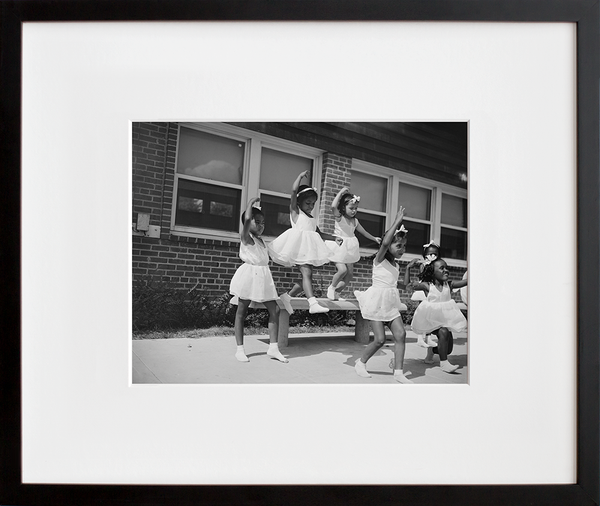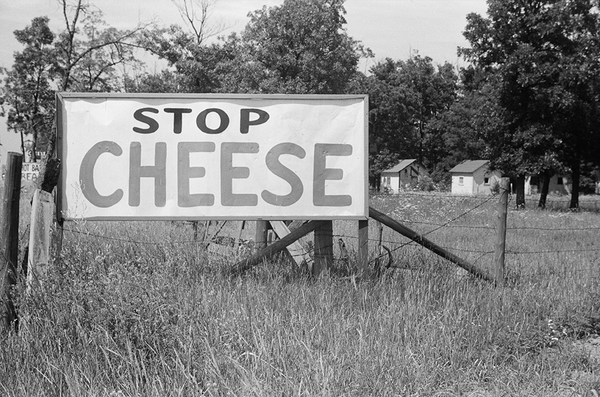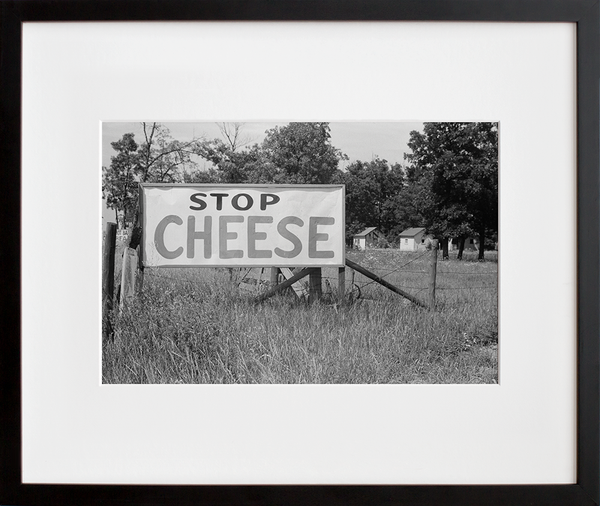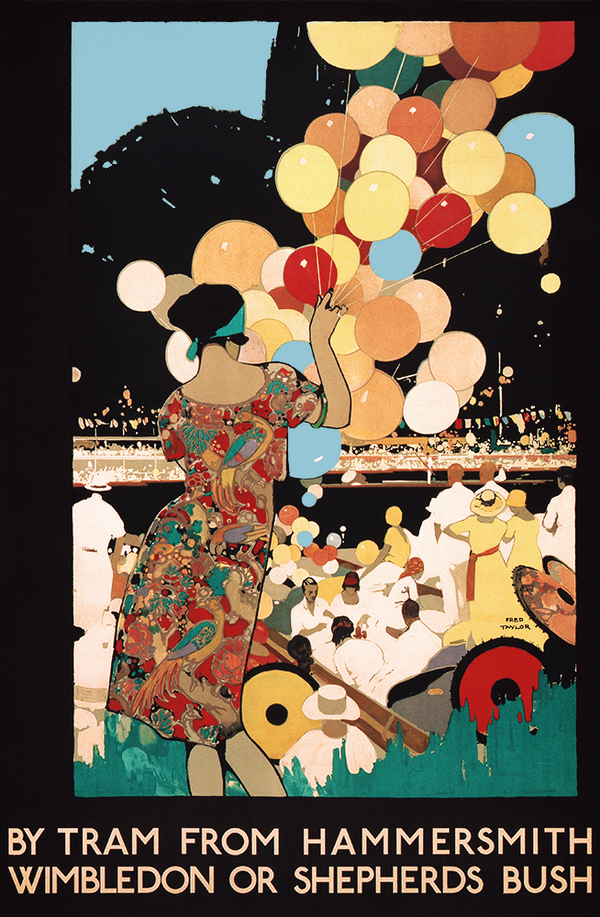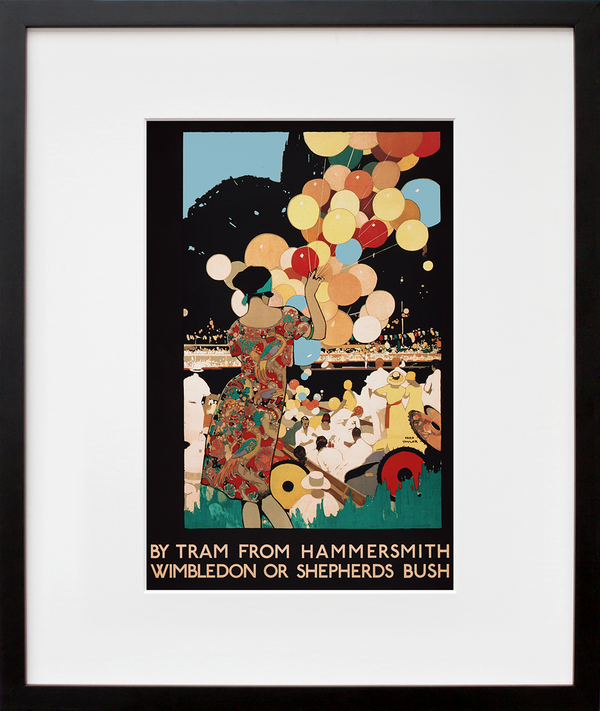Derrick Worker on the Empire State Building by Lewis Wickes Hine
8"x10" ($40) | 11"x14" ($85) | 16"x20" ($275) | 20"x24" ($675) | 24"x30" ($1,100)
It can be easy to forget that the enduring structures that symbolize America–both physical and societal–did not come into existence without the tremendous effort of skillful, dedicated risk-takers. Documentary photographer Lewis Wickes Hine made it his life’s work to chronicle and thusly partake in the crucial and often death-defying efforts men and women made to reach these ends. In Derrick Worker on the Empire State Building, a gelatin silver print from 1930, Hine recorded the routine yet dare-devilish climb of a laborer to the apex of an acutely angled derrick arm in the company of several other towers of similarly extended steel. Like the rest of Hine’s work, however, the piece goes far beyond mere documentation into a multi-layered arena of narrative cultural examination, stunning compositional framing, and an affecting elicitation of empathy from the viewer.
It’s nearly impossible to look at Hine’s image without drawing in a quick breath and noticing that your palms are suddenly sweaty. The worker, on all fours and in stark silhouette against a cloudy gray sky, looks almost more animal than human upon first glance–in part because one doesn’t want to think a person’s job would entail them climbing hundreds of feet above the ground without any protective measures in place. It’s exactly these kinds of dangerous working conditions that Hine went to great lengths to photograph, often at his own significant peril.
His social change-driven career began in 1907 as a staff photographer for the Russell Sage Foundation, an organization dedicated to improving American social and living conditions. In 1908, Hine became the National Child Labor Committee’s photographer, where he posed as a fire inspector, a bible salesman, a postcard peddler, a machinery inspector and more to smuggle his camera behind the scenes of factories, mills and mines under threat of physical violence and death. Lucrative and booming industries built on the tiny backs of indentured children did not want their realities exposed. This effort was followed by years of wartime photography abroad with the American Red Cross.
After coming back home, the seemingly fearless Hine was hired to document the construction of the Empire State Building. This meant once again risking life and limb to capture images of the wild work environment both he and the laborers he photographed found themselves in. Just like them, Hine would scale the derricks, climb out on jutting beams, and hang 1,000 feet in the air with no safety net. While the skilled craftsmen focused on precision building with the nimble agility of acrobats, Hine focused his lens.
The arrangement of the derricks and wires in Derrick Worker on the Empire State Building loudly echo the severe lines of the Cubist movement, and the piece’s exclamatory angles are pure Art Deco. How someone was able to pull off this photographic balancing act is as astounding as the labor that went into making one of America’s most enduring architectural symbols of ingenuity, progress and freedom.
You may also like...
Off Season


